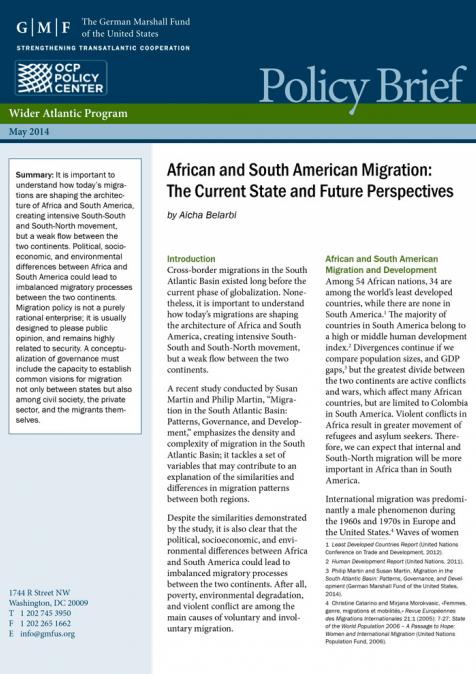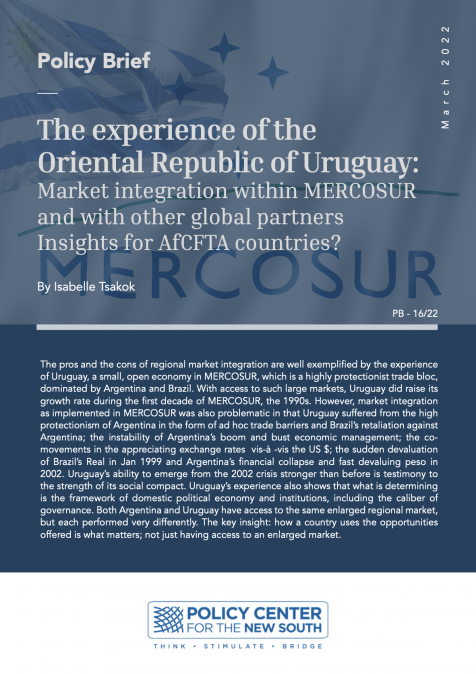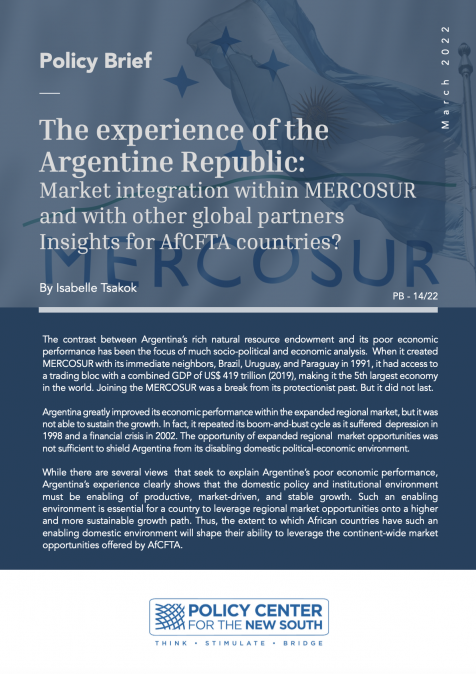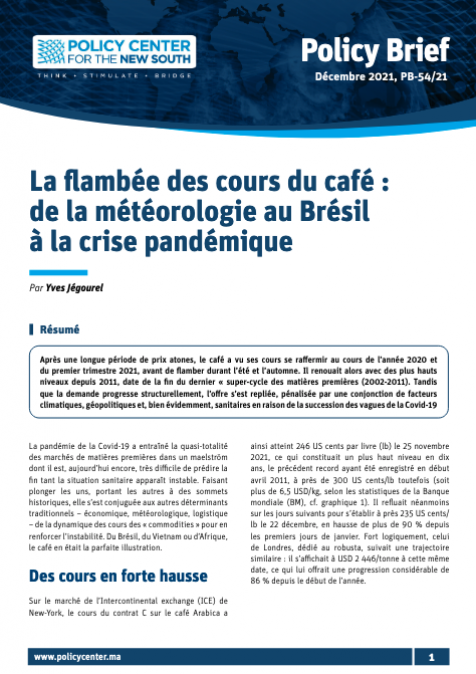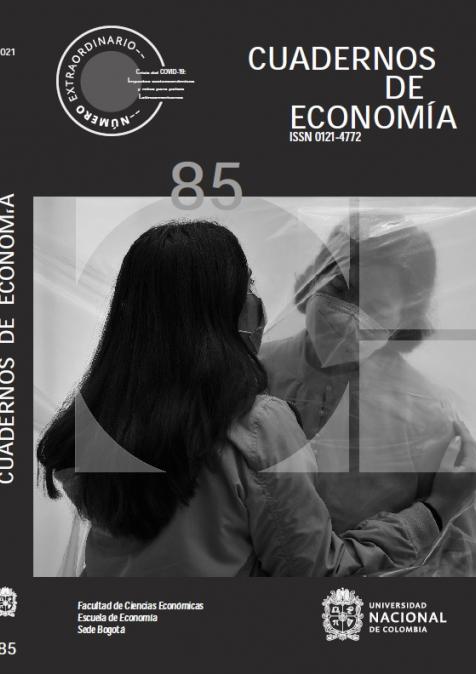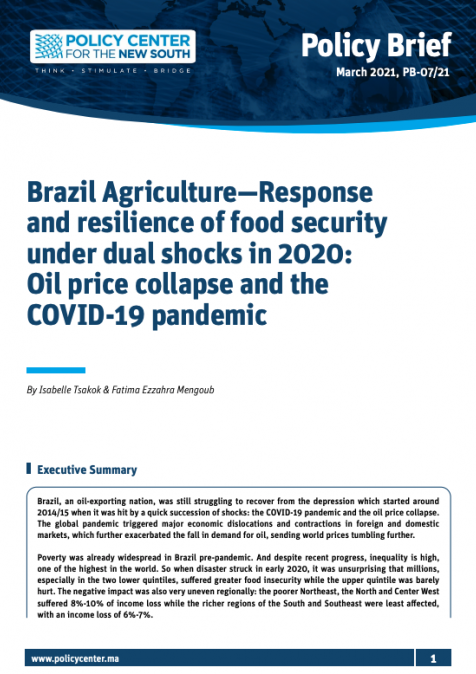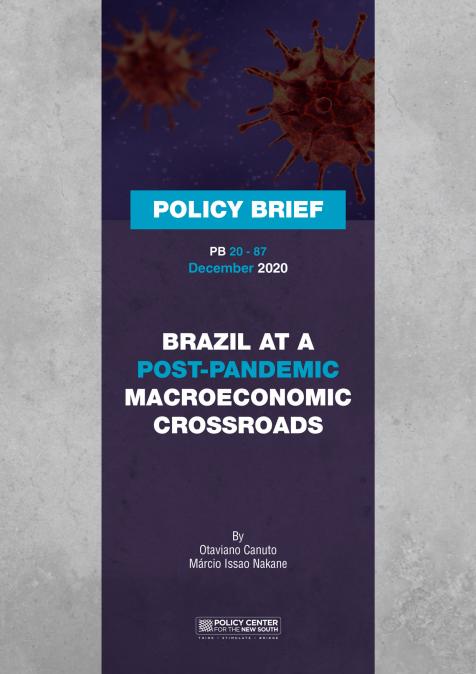Publications /
Policy Brief
It is important to understand how today’s migrations are shaping the architecture of Africa and South America, creating intensive South-South and South-North movement, but a weak flow between the two continents. Political, socioeconomic, and environmental differences between Africa and South America could lead to imbalanced migratory processes between the two continents. Migration policy is not a purely rational enterprise; it is usually designed to please public opinion, and remains highly related to security. A conceptualization of governance must include the capacity to establish common visions for migration not only between states but also among civil society, the private sector, and the migrants themselves.

